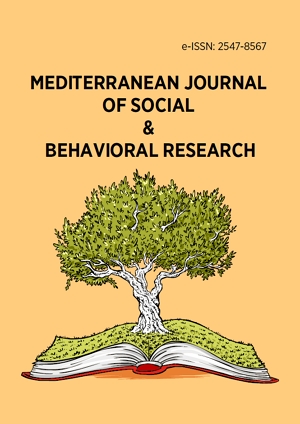Abstract
Having informed the surpassing morbidity rate of HIV/AIDS in Gambella than other part of Ethiopia, the researcher motivated seeing communication structure applied in Gambella. Hence, this study came to exist entitled “Communications Approach and Perceptual Response in Health Information”. Specifically, beneath the study, contents, communication approach, health information practice, public interpretation, and contents have been assessed. Methodologically the study designed qualitatively descriptive and case study and the approach was qualitative. Three qualitative instruments of data collection namely key informant in depth interview with concerned ones of GHAPCO, FGD with residents of Gambella through convenient-snowball technique and document analysis have been used. The data was analyzed thematically sequential in line with objectives of the study. The study discovered, language, socio-culture, and educational background of the audiences would not have been praised satisfactorily; and these led to miscommunication between two actors of communication. Moreover, the poorly administered, materials and communication channels used for HIV/AIDS communication in Gambella could not bring the intended effect. Hence, the study recommends possible direction in which better communications approach may come to exist. Accordingly, concerted communication environment which incorporates all vital components of message production, audience analysis, audience segmentation, contextualization, and so forth need to be assured.
License
This is an open access article distributed under the Creative Commons Attribution License which permits unrestricted use, distribution, and reproduction in any medium, provided the original work is properly cited.
Article Type: Research Article
MEDITERR J SOC BEH RES, Volume 6, Issue 2, June 2022, 45-52
https://doi.org/10.30935/mjosbr/11821
Publication date: 27 Feb 2022
Article Views: 1777
Article Downloads: 1090
Open Access References How to cite this article
 Full Text (PDF)
Full Text (PDF)